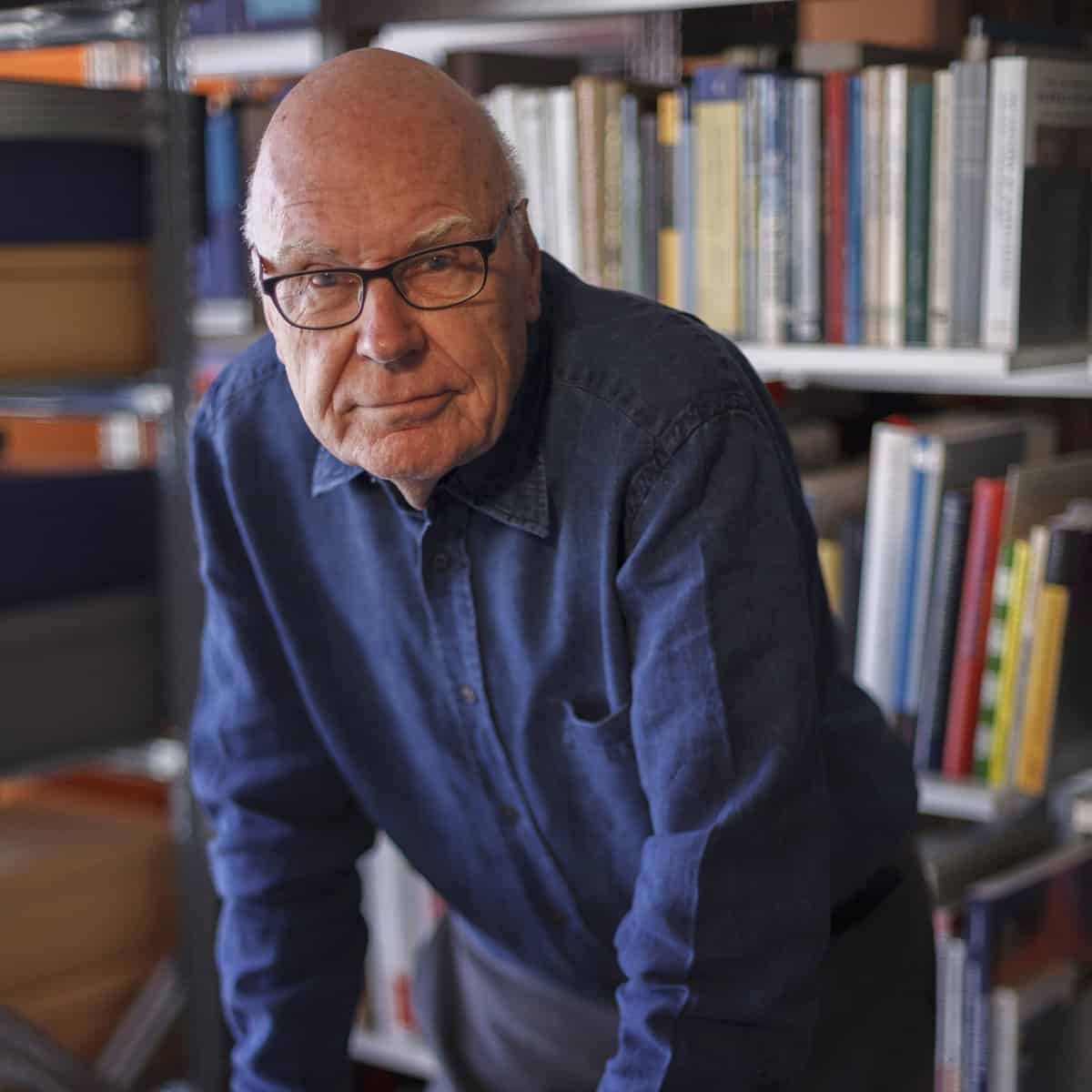Tag: future
-

Gui Bonsiepe Chair: Designing for Possible Futures
The Faculty of Architecture, Design and Urban Studies of the Pontificia Universidad Católica de Chile in Santiago de Chile has dedicated a new educational chair named »Gui Bonsiepe-Chair: Design for Possible Futures«. It honors Gui Bonsiepes work and influence on the Design Culture and Design Education in Latin America and aims to expand knownledge and…
-
Thinking alternatives: From “Mobile” to “Mobility”
Shai Agassi is the CEO of The Better Place to get rid of oil dependency (especially for running vehicles). The idea: Give away electric cars for free (like mobile phones) and make the batteries part of the electric grid system (instead of a costly component of the car). You basically pay for miles, thus the…
-
Lovelock: One last chance to save mankind
James Lovelock in The NewScientist about the ecology and global warming today: I don’t think humans react fast enough or are clever enough to handle what’s coming up. Kyoto was 11 years ago. Virtually nothing’s been done except endless talk and meetings.
-
Fundamental changes ahead: petaflop barrier broken
According to this WIRED blog entry IBM and Cray have both cracked the petaflop barrier. Computer scientist Mark Seager of Lawrence Livermore National Laboratory claims that this will change the scientific method for the first time since Galileo invented the telescope (in 1509)”. The reason for that is that simulation and approximation can be used…
-
Web 3.0? Maybe user generated applications…
In few seconds I was able to create a new music browsing application combining puzzle pieces together without any effort: All I needed was Fluid and an example to learn from. Fluid basically is a bare-bones web browser that turns a website into an double-clickable application. It is a website – but it feels like…
-
Yahoo Badges
Many month ago Yahoo introduced Yahoo Pipes to the public – allowing to mix and process data from sites and RSS feeds from different sources (I have a master RSS feed of a pipe that represents almost all my blog activities) Now Yahoo has expanded this model to include widgets for displaying the resulting: Yahoo…